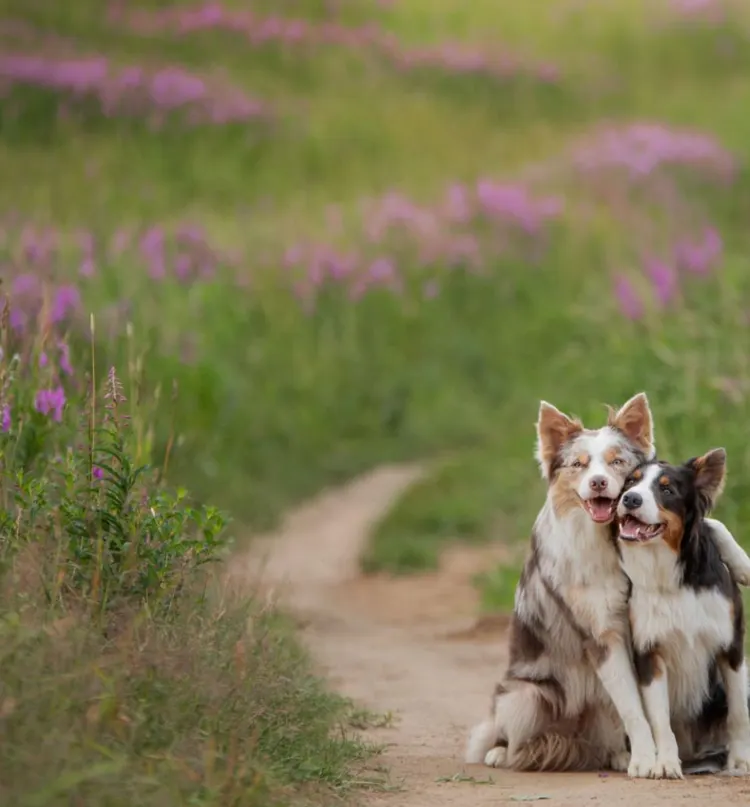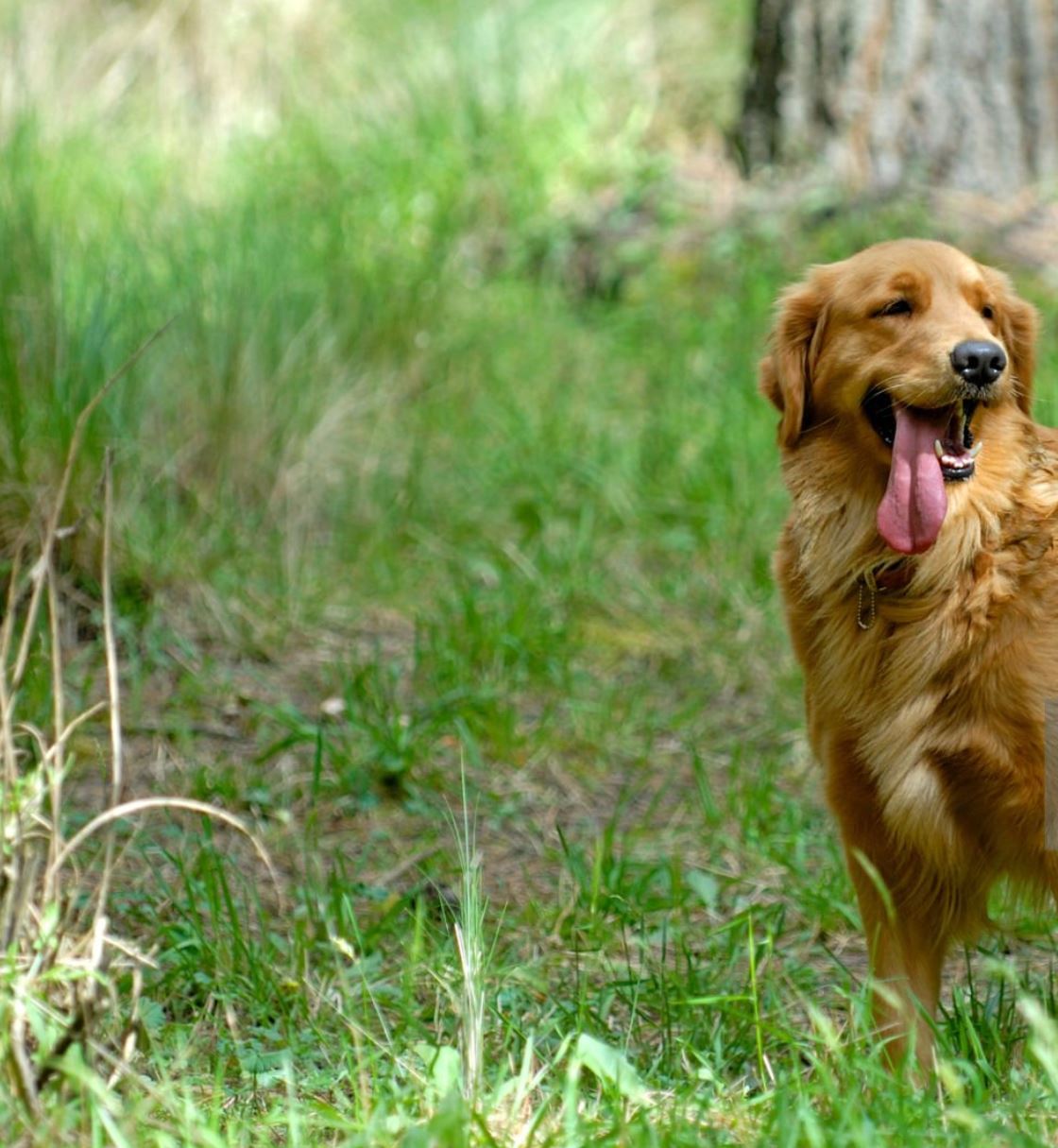If you’ve ever seen your dog breathing faster than normal and wondered, “Is this typical or should I be worried?” you’re not alone. While dogs often pant to regulate their body temperature, rapid breathing, also known as tachypnea, can sometimes be a sign of something more serious. Knowing when rapid breathing is normal and when it requires immediate attention can help you ensure your dog stays healthy and safe.
When Is Rapid Breathing in Dogs Normal?
Rapid breathing is a natural physiological response to certain stimuli and activities. It’s important to understand these normal instances to differentiate them from potential health issues.
1. Post-Exercise Recovery
After vigorous play or exercise, rapid breathing helps your dog cool down by releasing excess heat through panting. Dogs, unlike humans, don’t sweat the same way and instead rely on their respiratory system to regulate their body temperature. This type of rapid breathing usually resolves within a few minutes once your dog has rested.
2. Hot Weather
Dogs pant more in hot weather as they try to lower their body temperature. Breeds with thick coats or short snouts, like Huskies or Bulldogs, are particularly prone to overheating. It’s normal for them to breathe rapidly when the temperature rises, but you need to ensure they stay cool and hydrated.
3. Stress or Excitement
Just like humans, dogs may breathe faster when they’re anxious, stressed, or excited. Situations like a car ride, thunderstorms, or meeting new people can cause temporary rapid breathing. Once the dog calms down, their breathing should return to normal.
When to Worry: Common Causes of Rapid Breathing in Dogs
There are times when rapid breathing is more than just a temporary response to external conditions. In these cases, it could be a sign of an underlying health issue that requires immediate attention.

1. Heatstroke or Overheating
Rapid breathing can be one of the first signs of heatstroke, a serious condition caused by excessive exposure to heat. If your dog is panting heavily and showing other symptoms like drooling, lethargy, or vomiting, they may be suffering from heat exhaustion or heatstroke, which requires prompt medical attention.
- Eco-Friendly Cooling Tip: In hot weather, help your dog cool down by placing damp, eco-friendly towels on their body or using a fan to circulate cool air. You can also make sure they have access to fresh, cool water and shady areas outdoors.
2. Respiratory Issues
Certain conditions like pneumonia, bronchitis, or tracheal collapse can cause rapid, labored breathing. Dogs with respiratory infections may also exhibit symptoms like coughing, wheezing, and nasal discharge. These issues can escalate quickly, so veterinary care is essential.
3. Heart Problems
Rapid breathing can be an early sign of congestive heart failure in dogs. Dogs with heart problems may also experience coughing, lethargy, or a swollen abdomen due to fluid retention. If you notice these symptoms, consult your veterinarian to check your dog’s heart health.
4. Pain or Injury
Sometimes, dogs will breathe rapidly due to pain or discomfort from an injury or illness. Dogs can hide pain well, but changes in breathing are often an early sign. Look for other indicators such as limping, restlessness, or refusal to eat.
5. Anxiety or Panic
Dogs may breathe quickly during episodes of anxiety or panic. Triggers such as loud noises, separation, or changes in routine can lead to rapid breathing. In these cases, the breathing should settle down as your dog’s anxiety decreases.
How to Monitor and Assess Rapid Breathing in Dogs
When your dog is breathing rapidly, it’s essential to monitor them closely to determine whether it’s part of a normal response or something more serious.
1. Count Respirations
A healthy dog’s resting respiratory rate is between 15-30 breaths per minute. To measure this, count how many times your dog’s chest rises and falls within a 30-second period and multiply by two. If the rate exceeds 30 breaths per minute at rest, this may indicate a problem that needs attention.
2. Observe Body Language
Look for signs of discomfort such as pacing, drooping ears, or a tense posture. Dogs experiencing pain or stress often show these signs along with rapid breathing. Keep an eye on their overall behavior and note any deviations from their usual habits.
3. Check for Additional Symptoms
In addition to rapid breathing, watch for signs like coughing, bluish gums (a sign of low oxygen), or fainting. These symptoms indicate that your dog may not be getting enough oxygen and needs immediate veterinary attention.
Eco-Friendly Solutions to Support Your Dog’s Breathing
As an eco-conscious pet owner, you can take steps to manage your dog’s rapid breathing while keeping the environment in mind. Here are some eco-friendly tips:
1. Cooling Techniques
To help a dog that’s overheating, you can cool them down using reusable, eco-friendly towels soaked in cool water. Place the towels on their belly and under their paws, where cooling is most effective. You can also use a solar-powered fan to create airflow and prevent excessive heat buildup indoors.
2. Stress Relief
If your dog tends to breathe rapidly due to stress or anxiety, consider using natural remedies like lavender oil. Diffuse this calming scent in the air, or use eco-friendly calming sprays that contain natural ingredients. Make sure to choose products that are pet-safe and sustainably sourced.
3. Maintain a Healthy Weight
Obesity can put extra pressure on a dog’s respiratory and cardiovascular systems, making it more difficult for them to breathe comfortably. Keeping your dog at a healthy weight through regular exercise and feeding them a balanced diet (preferably with organic or sustainable ingredients) will reduce the strain on their respiratory system.
When to Seek Veterinary Help
While some instances of rapid breathing are harmless, there are times when you should take your dog to the vet without delay.

1. Persistent Rapid Breathing
If your dog’s rapid breathing doesn’t return to normal within 10-15 minutes of rest, or if it continues even when your dog is calm and relaxed, it could indicate a more serious issue.
2. Signs of Distress
Symptoms such as pale or blue gums, excessive drooling, or collapsing are serious indicators that your dog is not getting enough oxygen. These signs require immediate veterinary intervention.
3. Underlying Health Conditions
Dogs with known respiratory or heart conditions should be monitored closely for any changes in breathing patterns. Rapid breathing in these dogs could signify a worsening condition, and it’s best to consult with your vet as soon as possible.
Preventing Respiratory Issues in Dogs
Taking proactive steps can help prevent respiratory issues from developing in the first place. Here are some key prevention strategies:
1. Exercise Moderately
Over-exercising, particularly in hot weather, can lead to rapid breathing and increase the risk of heatstroke. Make sure your dog gets regular exercise, but avoid long or strenuous activities in extreme heat. Opt for early morning or late evening walks to keep your dog cool.
2. Provide Fresh Air
Ensure your dog gets plenty of outdoor time in environments with good air quality. Avoid areas with heavy pollution or smoke, which can irritate your dog’s respiratory system.
3. Annual Vet Check-ups
Routine veterinary exams are essential for monitoring your dog’s overall health, including their heart and lungs. These check-ups can help catch any early signs of respiratory or cardiovascular issues, allowing for early intervention.
Conclusion
Rapid breathing in dogs can be perfectly normal in certain situations, such as after exercise or in hot weather. However, it can also be a sign of underlying health issues like respiratory infections, heart problems, or heatstroke. By monitoring your dog’s breathing, keeping them cool with eco-friendly techniques, and seeking veterinary care when needed, you can help them stay healthy and comfortable.
Incorporating eco-conscious practices like maintaining a healthy weight with natural foods, using eco-friendly stress relief products, and ensuring good air quality can also support your dog’s overall respiratory health.



